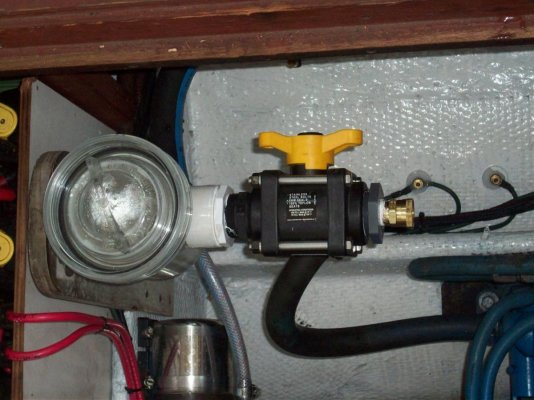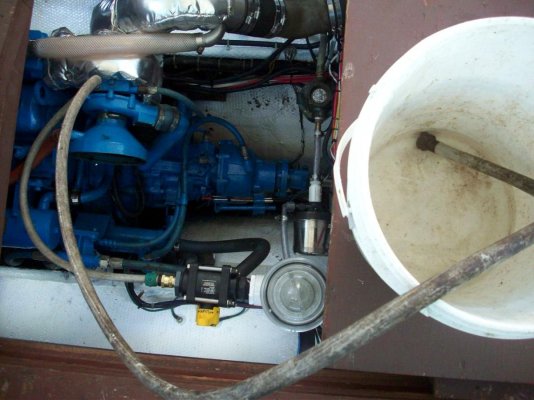jimL
Senior Member
- Joined
- Mar 8, 2015
- Messages
- 359
- Location
- USA
- Vessel Name
- Lemon Drops
- Vessel Make
- 2001 Grand Banks Europa 52
We have twin Yanmars 370 hp (Yanmar 6LYA) in a 2005 Mainship 430 aft cabin trawler.
The boat has been mostly in fresh water for the last 10 years or so and we recently moved it to salt water to Long Island Sound. We were wondering if adding a fresh water rinse capability to the raw water cooling system is worth the effort of installation and use after each excursion. I am currently in a marina where the talent and skills are there to add this feature, but I am wondering what other salt water skippers think about this. – Is it worth the expense and effort to conduct a fresh water rinse after very boating excursion? My dink outboard motor has a connection for a fresh water rinse…
Thanks
Jim
The boat has been mostly in fresh water for the last 10 years or so and we recently moved it to salt water to Long Island Sound. We were wondering if adding a fresh water rinse capability to the raw water cooling system is worth the effort of installation and use after each excursion. I am currently in a marina where the talent and skills are there to add this feature, but I am wondering what other salt water skippers think about this. – Is it worth the expense and effort to conduct a fresh water rinse after very boating excursion? My dink outboard motor has a connection for a fresh water rinse…
Thanks
Jim


